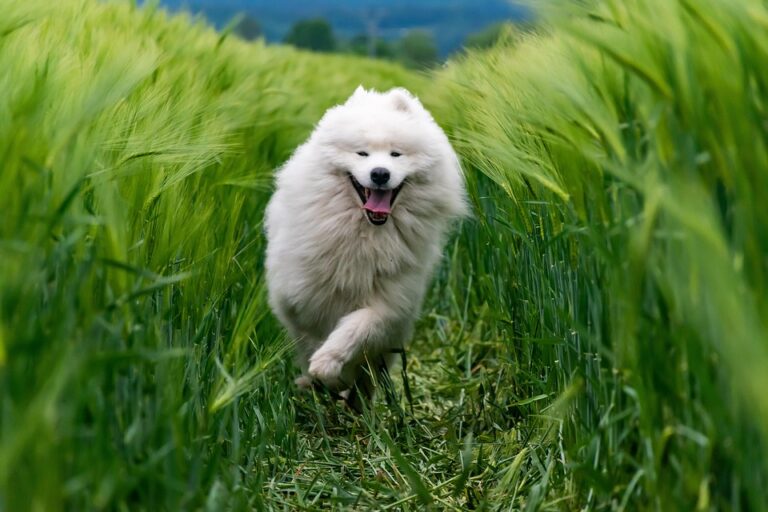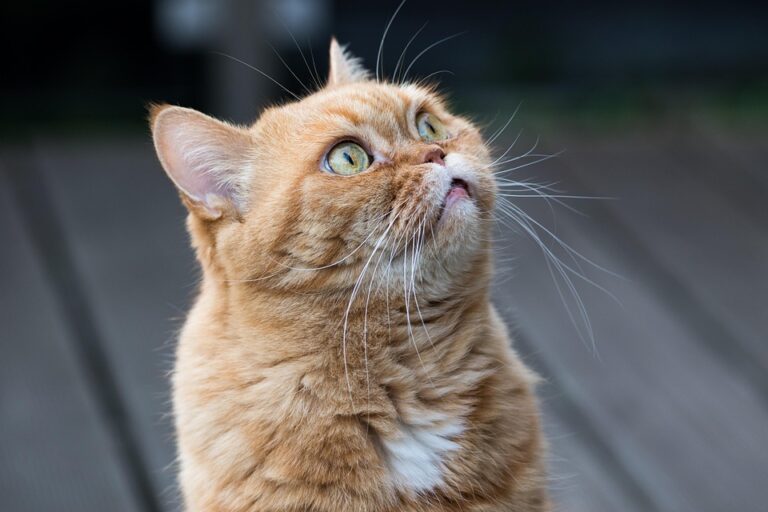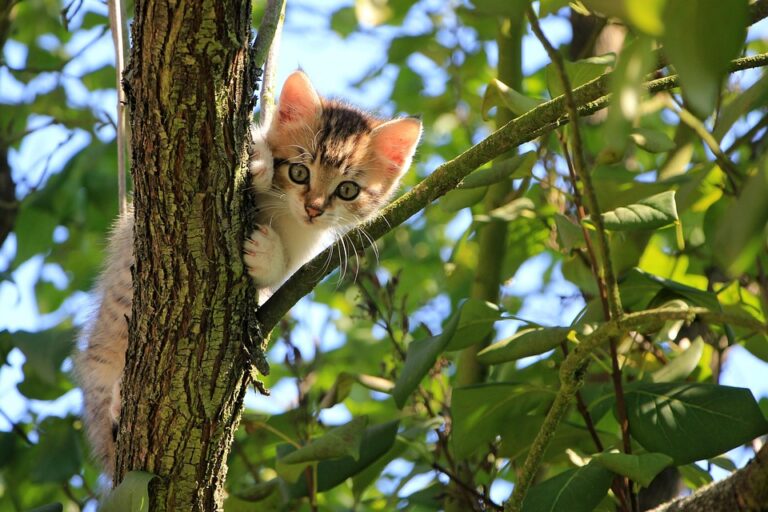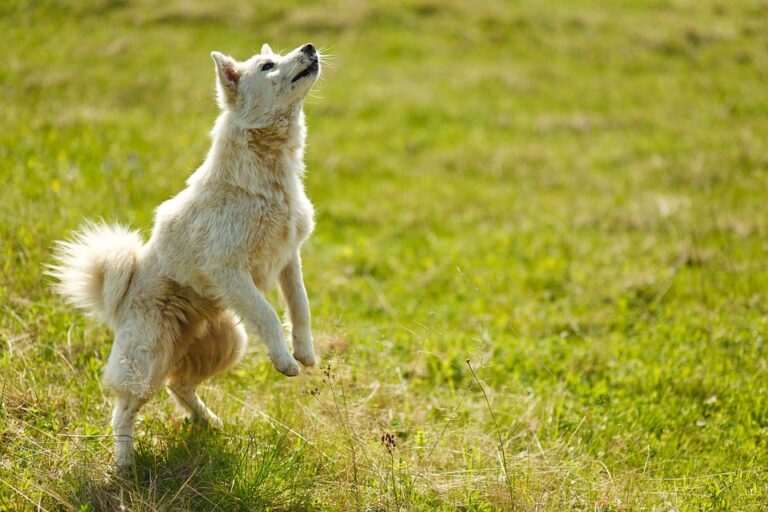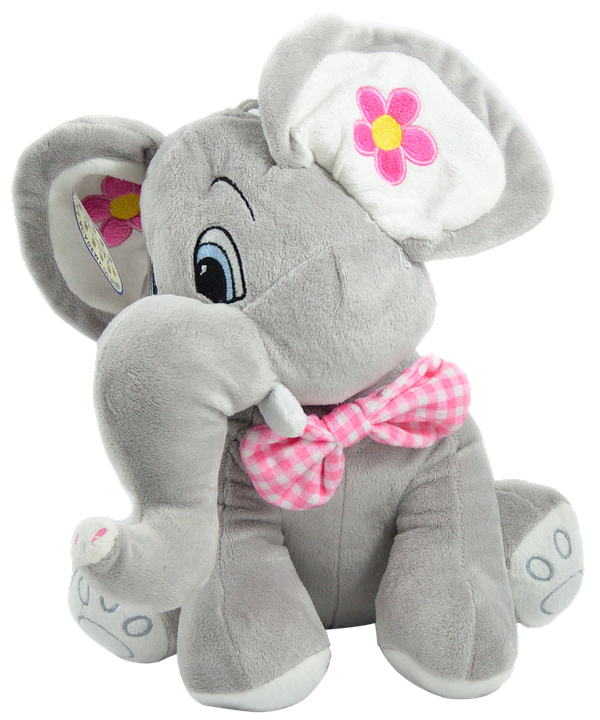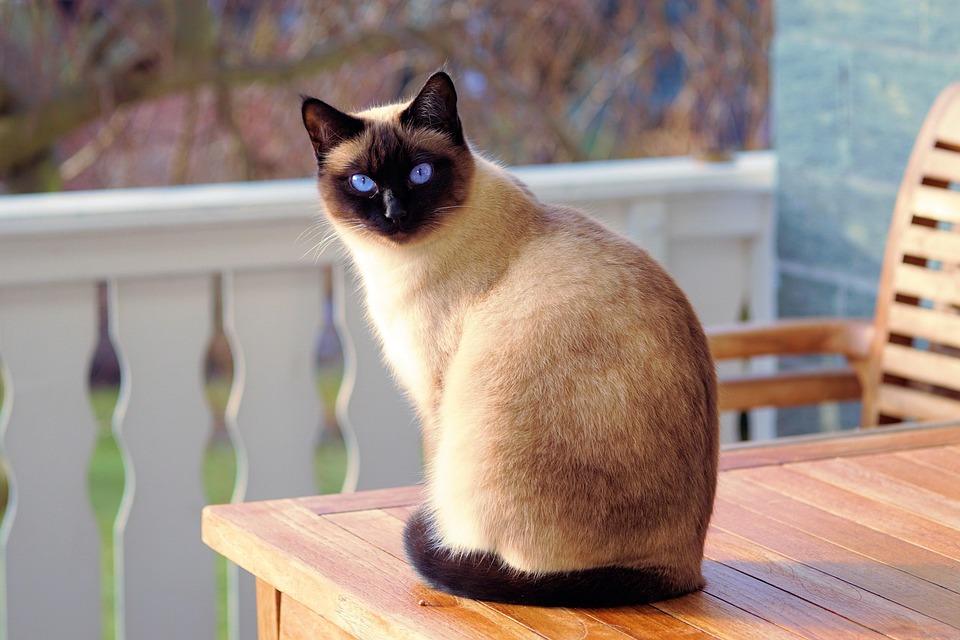
Exploring the Common Types of Grain-Free Cat Food: A Guide for Discerning Pet Owners
In the ever-evolving landscape of pet nutrition, grain-free cat food has emerged as a prominent option, captivating the attention of pet owners who seek more tailored diets for their feline companions. The shift away from traditional grain-based formulas has sparked a myriad of questions: Is grain-free truly better? What are the nutritional implications? This guide aims to unravel the complexities surrounding grain-free cat food, providing insights that discerning pet owners can trust.
1. The Rationale Behind Grain-Free Diets
The trend towards grain-free diets stems from a growing awareness of the potential adverse effects grains can have on some cats. Cats, as obligate carnivores, have evolved to thrive on high-protein, low-carbohydrate diets. Many pet owners have reported improvements in their cats’ digestion, coat condition, and overall vitality after eliminating grains such as wheat, corn, and soy from their diets. However, it’s crucial to understand that not every cat will react the same way. The individualistic nature of feline dietary needs means that what works for one may not necessarily be ideal for another.
2. Types of Grain-Free Ingredients
When delving into the world of grain-free cat food, one encounters a variety of alternative ingredients designed to replicate the nutritional balance traditionally provided by grains. Here are some common substitutes:
-
Legumes: Ingredients like peas and lentils are often used as protein-rich sources, offering essential amino acids while maintaining a low glycaemic index. However, some studies suggest that excessive consumption might be linked to heart issues in certain breeds. A fine balance is essential.
-
Potatoes and Sweet Potatoes: These starchy vegetables provide carbohydrates and are frequently included for their palatability. They also contain vitamins and minerals, but again, moderation is key to prevent weight gain.
-
Fruits and Vegetables: Ingredients such as blueberries, carrots, and spinach not only add natural sweetness but also pack a punch in terms of antioxidants and fibre, essential for digestive health.
-
Animal-Based Proteins: Grains are often replaced with high-quality animal proteins such as chicken, turkey, or fish, which are crucial for muscle maintenance and energy levels. The sourcing of these proteins can vary significantly in quality, so discerning pet owners should look for brands that provide transparency regarding their ingredient sourcing.
3. Nutritional Considerations
While the allure of grain-free diets is undeniable, it’s imperative to scrutinise the nutritional profiles of these foods. A truly balanced grain-free cat food should contain:
-
High Protein Content: Ideally, the protein content should be around 40-50% to support a cat’s energy needs and muscle health.
-
Adequate Fat Levels: Fats are vital for energy and skin health. Look for foods that contain omega-3 and omega-6 fatty acids, often derived from fish or flaxseed.
-
Vitamins and Minerals: Essential nutrients such as taurine, which supports heart and eye health, should always be included, regardless of the grain content.
The potential risks of a poorly balanced grain-free diet cannot be ignored. Inadequate levels of certain nutrients can lead to serious health issues, from obesity to heart diseases. Consulting with a veterinary nutritionist can provide tailored guidance on selecting the right food for your cat’s specific needs.
4. The Controversy Surrounding Grain-Free Diets
Despite their popularity, grain-free diets have not escaped scrutiny. Some veterinarians express concerns over potential links between grain-free diets and canine dilated cardiomyopathy (DCM), particularly in breeds predisposed to this condition. While research is ongoing, it highlights the need for pet owners to remain informed and vigilant. The debate continues: Is the absence of grains the panacea it’s touted to be, or merely a passing trend?
A Thoughtful Approach to Feeding
As we navigate this complex territory of feline nutrition, it’s essential for pet owners to take a thoughtful approach. Grain-free cat food can indeed offer benefits, but it’s no one-size-fits-all solution. Observation of your cat’s health and behaviour, coupled with professional veterinary advice, can guide you in making the best dietary choices.
BargainsTrust continues to bring you a range of recommendations and insights into the world of pet care, ensuring you can make informed choices for your beloved companions. Whether you opt for grain-free or traditional diets, the focus should always be on quality, balance, and the unique needs of your pet.

